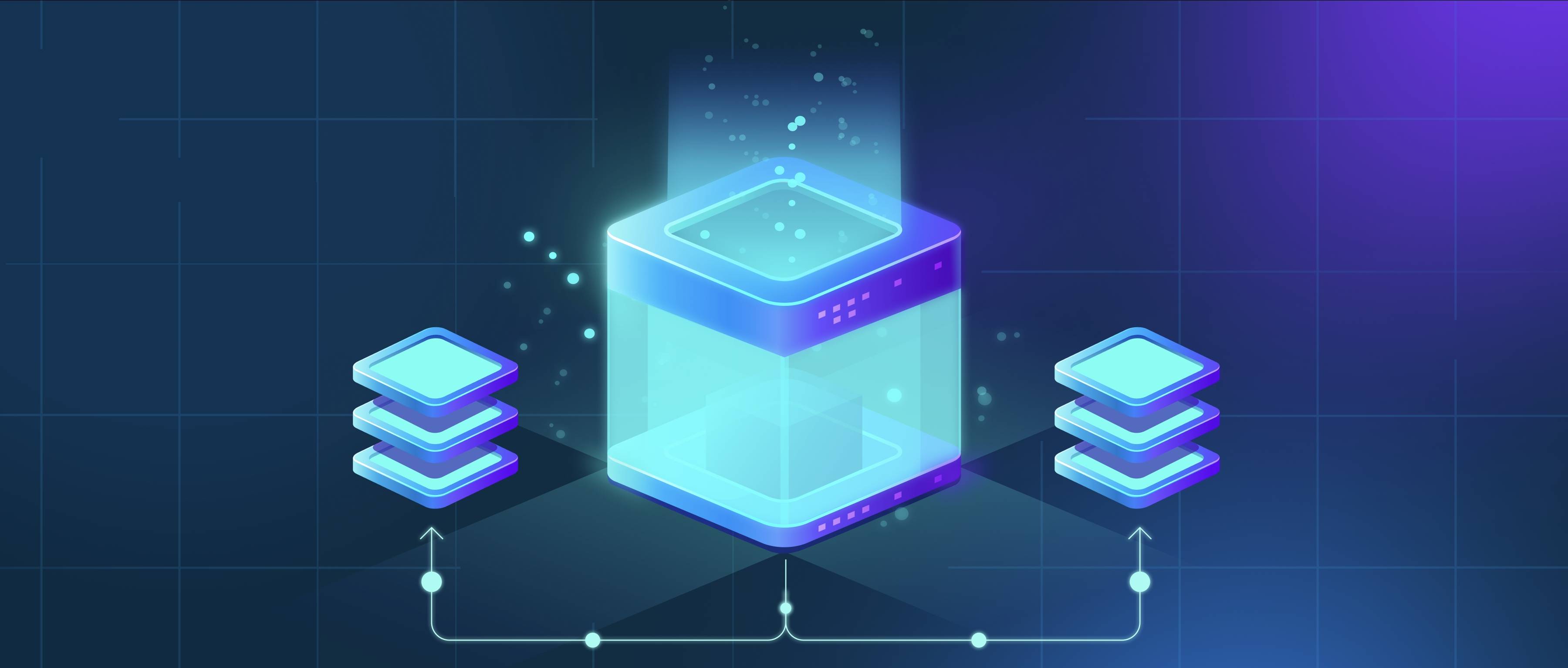When selecting an ETL (Extract, Transform, Load) tool, the primary considerations include compatibility with data sources, transformation capabilities, and scalability. First, evaluate whether the tool supports the specific data sources and destinations your organization uses. For example, if your data comes from cloud applications like Salesforce, databases like PostgreSQL, or flat files, the tool must have built-in connectors or APIs to handle these formats. Custom connectors may require additional development effort, increasing time and cost. Second, assess the tool’s transformation features. Complex workflows might require support for data cleansing, aggregation, or joining datasets. Tools that offer visual interfaces for transformations (e.g., Talend) can simplify development, while others might require SQL or Python scripting (e.g., Apache Airflow). Third, scalability is critical. If your data volume grows over time, the tool must handle larger datasets efficiently. For instance, cloud-native tools like AWS Glue automatically scale resources, whereas on-premise tools may require manual infrastructure upgrades.
Next, consider usability, cost, and integration with existing systems. A tool with a user-friendly interface reduces the learning curve for developers and allows non-technical users to participate in pipeline design. For example, tools like Informatica provide drag-and-drop interfaces, while open-source options like Apache NiFi offer flexibility but may require coding expertise. Cost structures vary widely: open-source tools (e.g., Apache Kafka) have no licensing fees but may require in-house support, while commercial tools (e.g., Matillion) charge based on data volume or connectors. Hidden costs, such as training or infrastructure upgrades, should also be factored in. Integration with your existing data stack—such as data warehouses (Snowflake, Redshift) or BI tools (Tableau)—is essential to avoid compatibility issues. For instance, a tool that natively integrates with Snowflake can streamline loading transformed data without custom scripting.
Finally, evaluate security, vendor support, and future adaptability. Security features like encryption, role-based access control, and compliance certifications (e.g., GDPR, HIPAA) are vital for sensitive data. For example, healthcare organizations might prioritize tools with HIPAA compliance. Vendor support includes documentation, community forums, and responsiveness to issues—open-source tools rely on community support, while enterprise tools offer SLAs. Future-proofing involves assessing whether the tool adapts to emerging technologies. If your organization plans to adopt real-time data processing, ensure the tool supports streaming (e.g., Apache Kafka). Similarly, cloud migration plans require tools with cloud-native capabilities. Choosing a tool that aligns with both current needs and long-term goals minimizes the risk of costly migrations or overhauls later.
